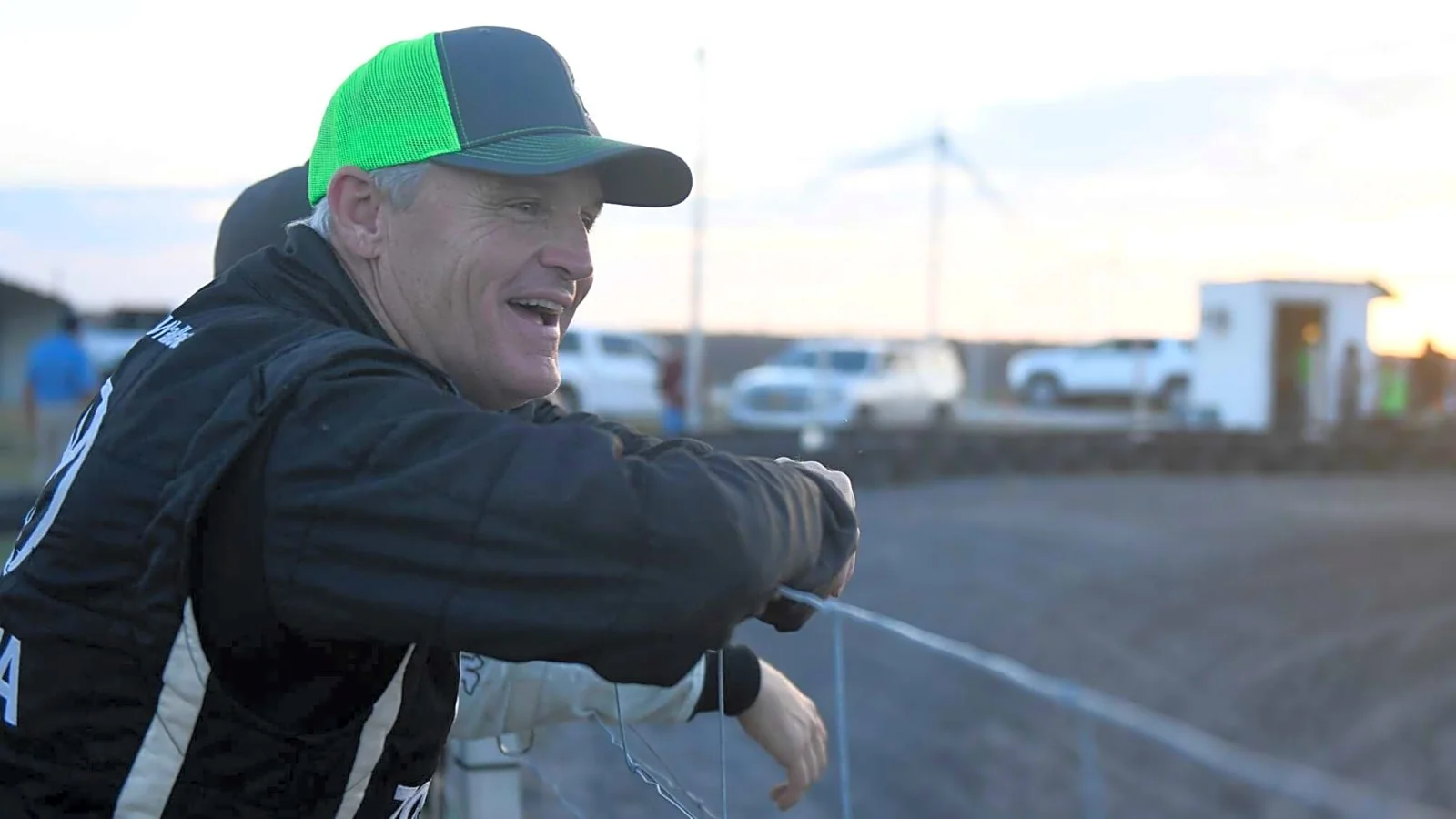Kenny Wallace, long recognized as a fan favorite in stock car racing, has revealed the personal struggles that shaped his NASCAR retirement decision, citing exhaustion from battling for sponsorships rather than racing itself. Speaking candidly ten years after his final NASCAR race, Wallace described how the constant need to secure funding wore him down both financially and emotionally, ultimately leading him to step away.
For nearly thirty years, Wallace’s career was propelled by his relentless dedication, but as the business side of NASCAR intensified, the landscape changed for many drivers, especially those without major backing. The shift in the sport left veterans like Wallace not only competing on the track but also off it, working tirelessly to keep their teams afloat.
“Let me tell you the day (and) the moment that I decided to quit NASCAR… I realized I’d forgotten that Kim and I have money. We’re plenty good. But what I was doing, I was living my life in NASCAR through sponsorship. I felt like if I did not have a sponsorship to give the team the money. I was actually the one, supporting the teams. I was the one making the payroll, because I’d get the money and then I’d give it to the team and I grew exhausted,” Kenny Wallace said. (8:45 onwards) —Kenny Wallace, NASCAR Driver
This revelation underscores a challenge faced by many experienced drivers in a sport increasingly driven by commercial interests. Wallace found himself spending more time as a salesman chasing deals than taking part in the actual races, funding mechanics, and ensuring that crew families got paid. This reality ultimately pushed him away from what had initially ignited his racing passion.
A Career Defined by Consistency and Character, Not Just Wins
Wallace’s NASCAR journey began in 1988, and while he may not have claimed a Cup Series victory, his impact was felt in other ways. Over 27 years, he started 344 Cup races, finishing in the top ten 27 times, and became known for his candid personality and strong connection with audiences. His last full-time season in the Cup came in 2003 driving for Bill Davis Racing, but he continued to participate part-time through 2008, mirroring the transient careers many older drivers faced in the 2000s.
During this period, Wallace assumed the uncomfortable reality of short-term contracts and shifting teams, undertaking 44 starts with six different teams over five years. This turbulent phase highlighted the struggles of mid-tier competitors, increasingly forced to juggle multiple responsibilities just to remain in the sport.
“I’ve never looked back. And I’ve never been happier because I got so tired of trying to find money to support that damn race car and that team and all the payroll and the families. I’m living my best life now,” he added. (11:10 onwards) —Kenny Wallace, NASCAR Driver
His greatest success came in the Xfinity Series, where Wallace earned nine wins and 173 top-ten finishes in 547 starts. The peak of his Xfinity career occurred in 1991 when he finished as runner-up in the championship, trailing Bobby Labonte by just 74 points, an achievement that remains a highlight in his repertoire.
Kenny Wallace Calls for NASCAR to Reconnect with Its Working-Class Roots
Reflecting on his career, Wallace has also become an outspoken voice regarding NASCAR’s evolving identity and how the organization now relates to its core audience. The last decade has seen the sport pivot towards new audiences with expanded digital and streaming efforts, moving its races onto platforms like Amazon Prime, branching into street courses in cities like Chicago and upcoming events in Mexico.
Despite attracting younger, tech-savvy viewers, these changes have left some long-time fans feeling disconnected from the NASCAR they once knew. Wallace expressed concern about the sport’s direction while offering his personal assistance to bridge the gap between NASCAR’s blue-collar origins and its modern form.
“NASCAR is looking for a firm that can connect them with the blue-collar fans, the old people… I raised my hand and said, ‘hell you can call me. I’ll help you’. NASCAR is looking for a firm to help them professionally engage, create a plan on how to reconnect with all the people they pissed off,” Kenny Wallace said (2:53 onwards) —Kenny Wallace, NASCAR Driver
Recent data from BlackBook Motorsport reflects the generational shift, noting that 73% of NASCAR’s digital streaming viewers are under 34. NASCAR’s own statistics indicate a significant rise in audiences aged 18–34, particularly pronounced during the Sonoma Cup Series broadcast on TNT, which saw a 29% increase from this demographic. Still, questions remain about how to serve those fans who have grown up with the sport but now feel sidelined.
Wallace’s perspective resonates not only with drivers and industry veterans but also with the families and communities intertwined with racing. He emphasizes the importance of a balanced transition—one that welcomes a new generation without abandoning those who built the sport’s legacy.
NASCAR’s Shift Toward Heritage as Future Events Return to Iconic Venues
There are signs that NASCAR is seeking to embrace its roots while moving forward. Announcements have confirmed the All-Star Race will return to North Wilkesboro in 2026 for the fourth straight year, affirming the venue’s renewed place in the series. In another notable move, the sport will revisit the historic Bowman Gray Stadium in 2026, further leaning into the tradition and regional heritage so deeply valued by many of its most loyal supporters.
As Wallace has made clear, reconnecting with blue-collar fans and older audiences is as crucial as attracting new viewers. His openness about the personal toll behind his NASCAR retirement decision puts a spotlight not just on one driver’s journey but on larger shifts within the sport itself. The coming years will reveal whether NASCAR can successfully balance innovation with its deep-seated culture, and whether voices like Kenny Wallace’s will play an instrumental role in shaping that future.
